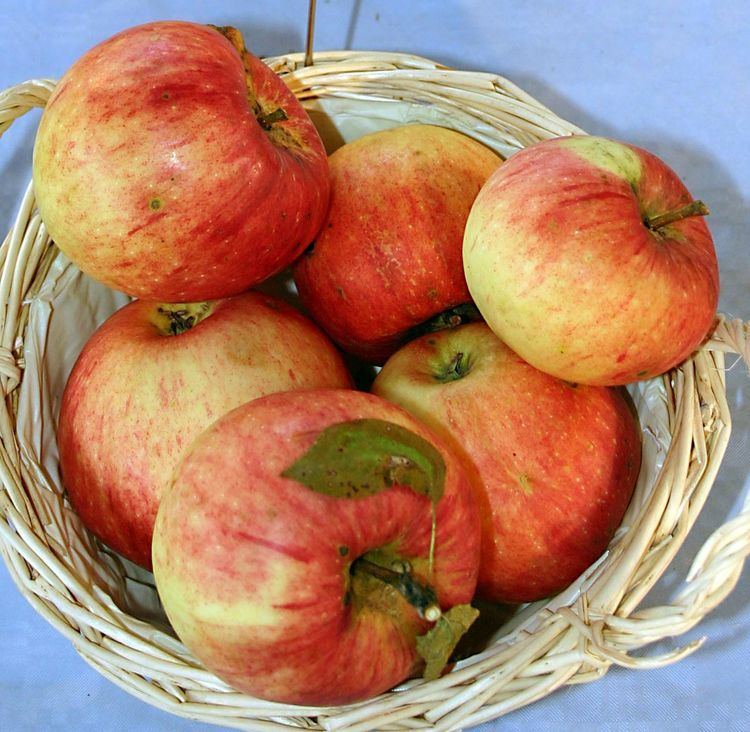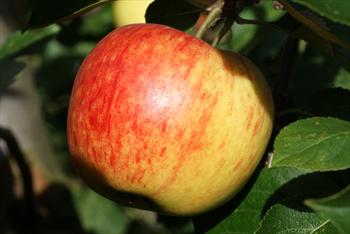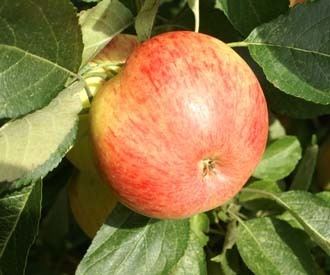Higher classification Apple | Rank Cultivar | |
 | ||
Hybrid parentage 'Pott's Seedling' or 'Cox's Orange Pippin' × unknown Origin Edinburgh, Scotland 1890s Scientific name Malus domestica 'James Grieve' Similar Apples, Cox's Orange Pippin, White Transparent, Alkmene, Discovery | ||
James Grieve is an old variety of apple. It gets its name from its breeder, James Grieve, who raised the apple from pollination of a Pott's Seedling or a Cox's Orange Pippin apple in Edinburgh, Scotland some time before 1893.
Contents

This is a savoury, juicy apple with strong acidity at first, which then mellows as the fruit matures during September, but the flesh softens soon thereafter. When picked early, it makes a sweet and delicate stewed apple, but then can be used as a dessert apple. James Grieve apples used to be grown all over Europe and were delivered to the city markets via train or horse-and-cart, but because they bruised easily they had to be carefully packed in laundry-type wicker baskets filled with straw. The fruit cannot sustain modern supermarket handling, and so they are now only grown in gardens and for direct sale to consumers. Nonetheless, James Grieve is considered a good apple because it is exceptionally tasty, it produces fruit every year, it is disease-resistant, and it is a good pollenizer for other apples. It may drop early in warm weather. It is also a good apple for making apple juice.

James grieve apple tree on monday 15 august 2016
Descendants


